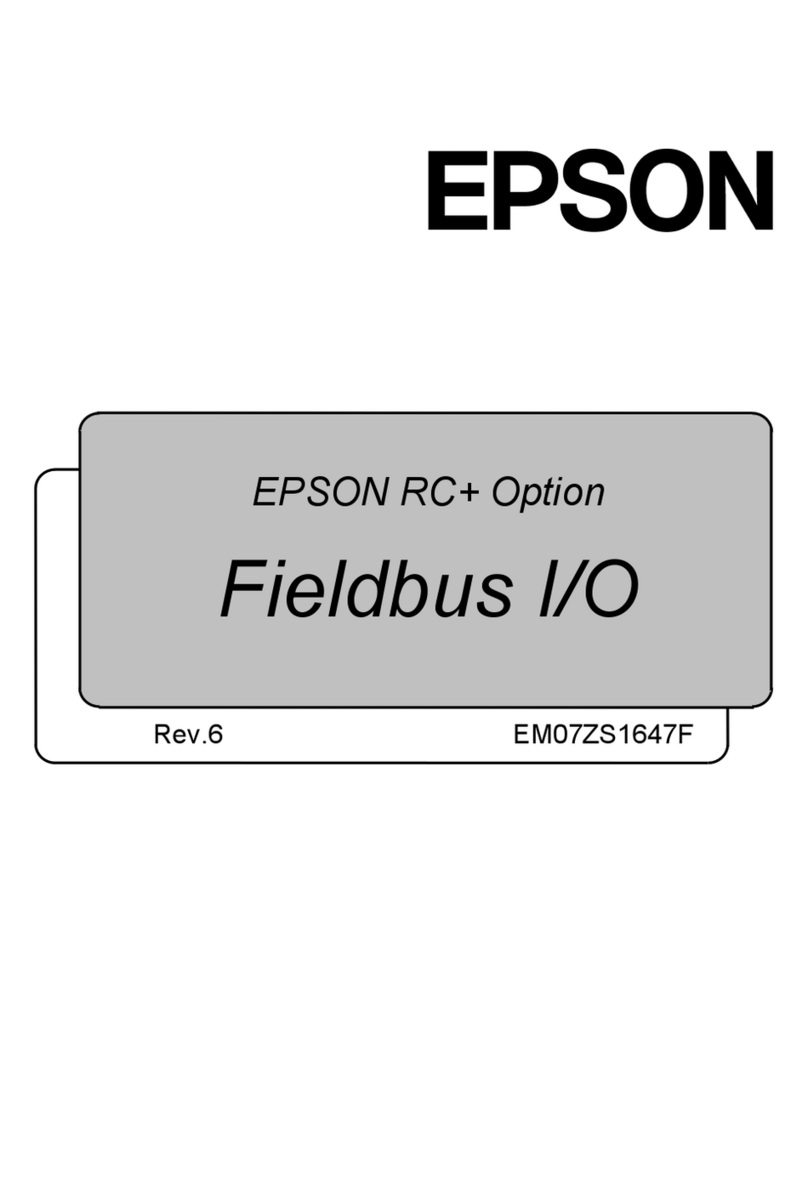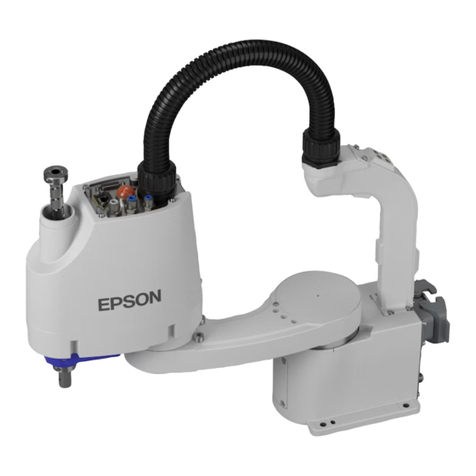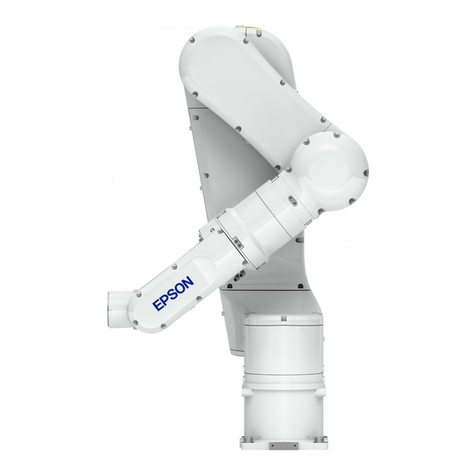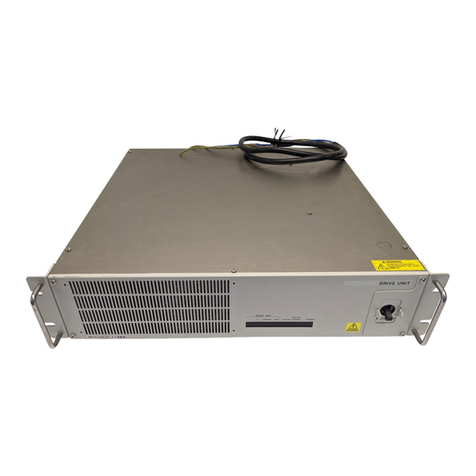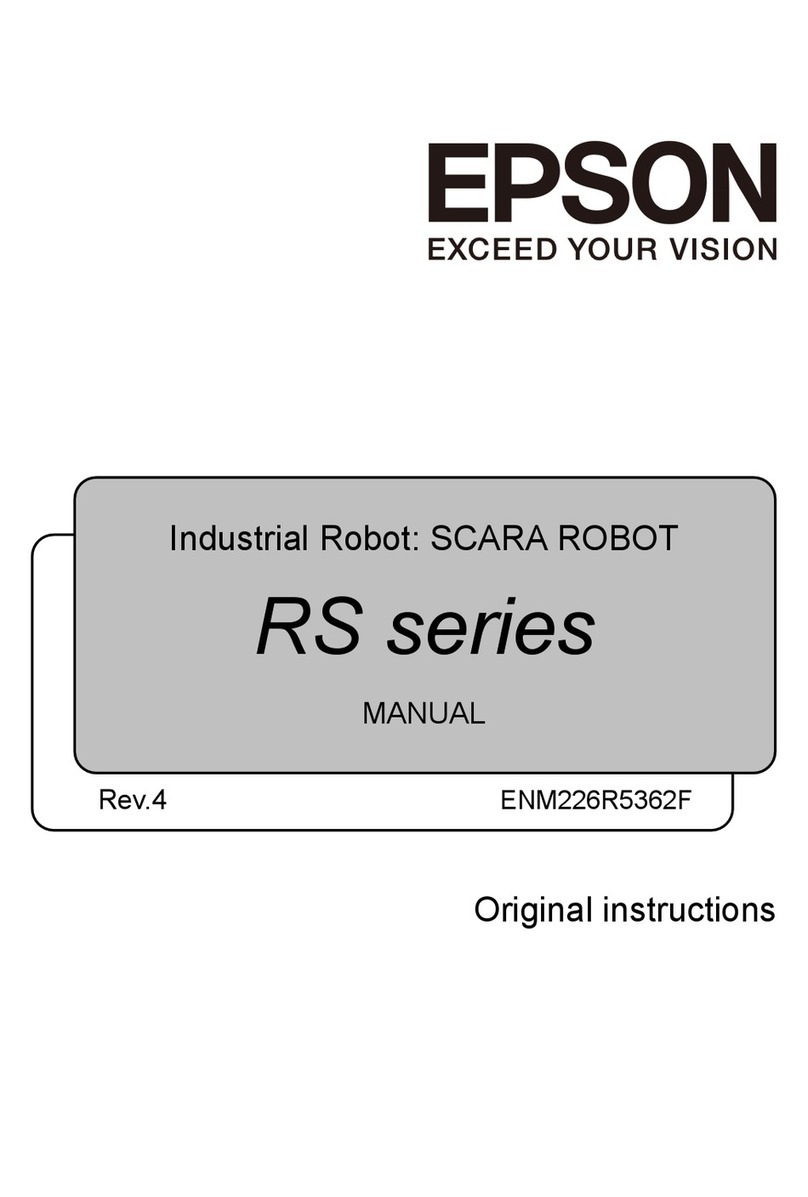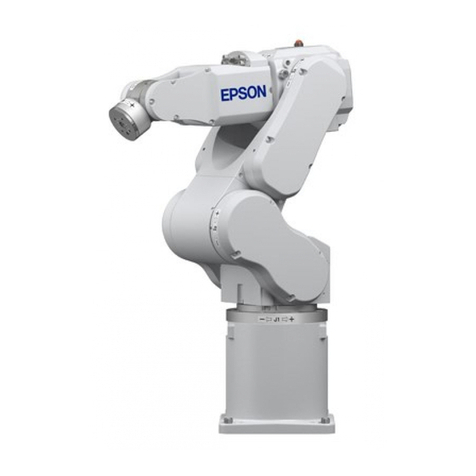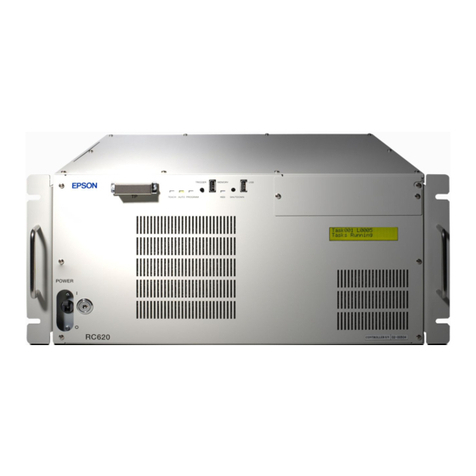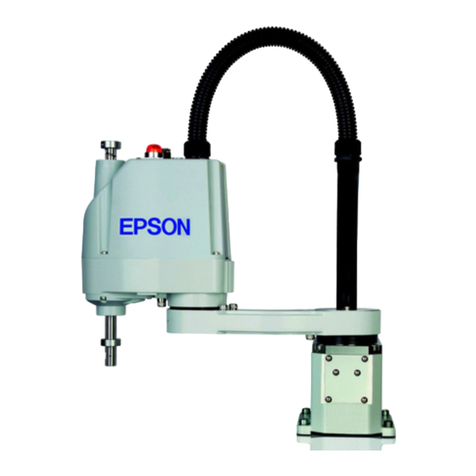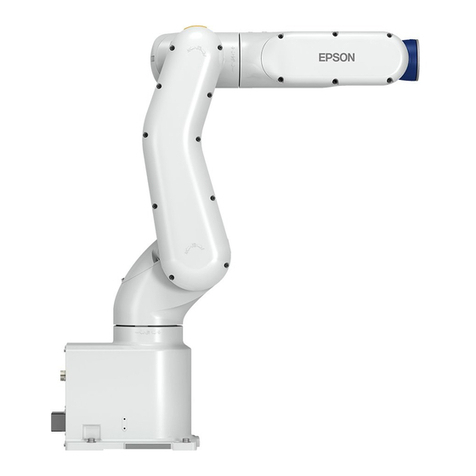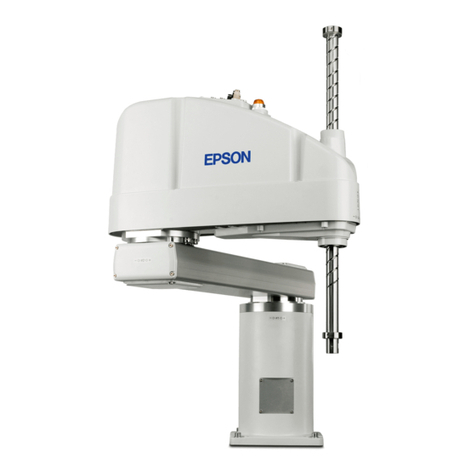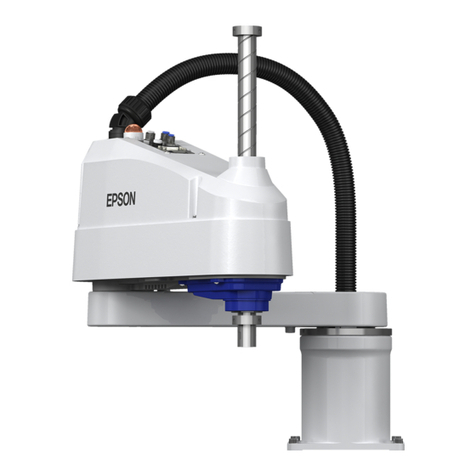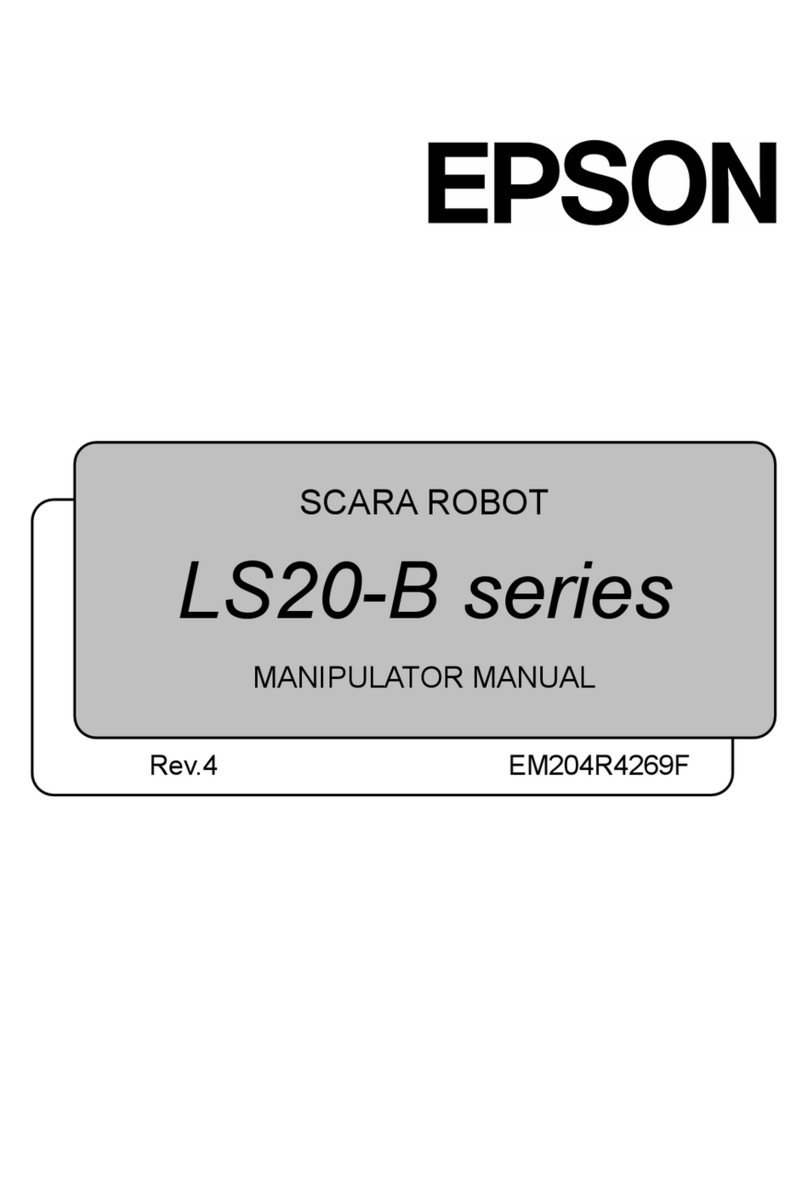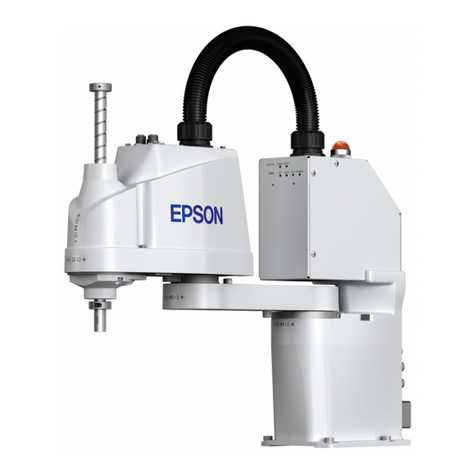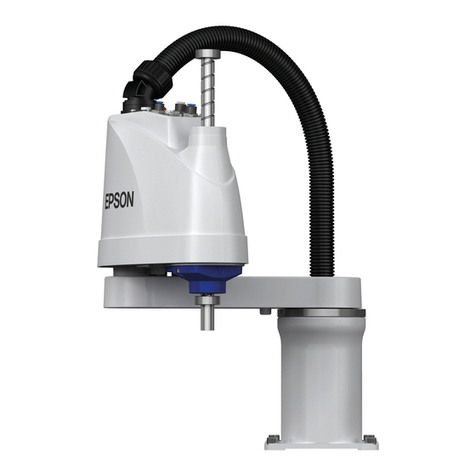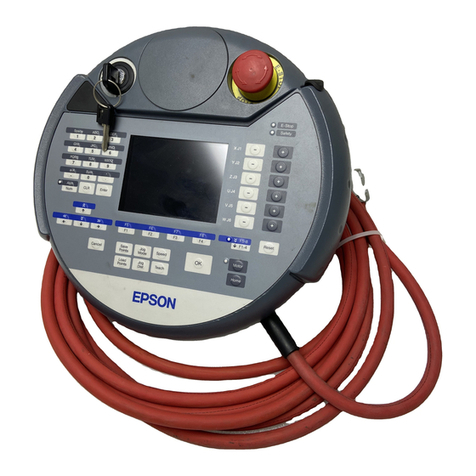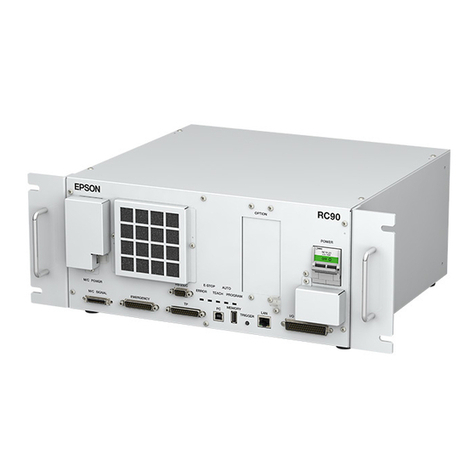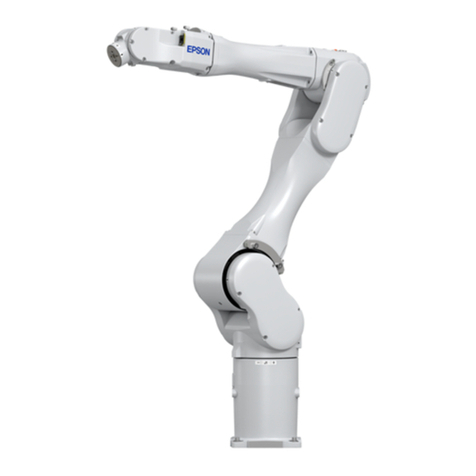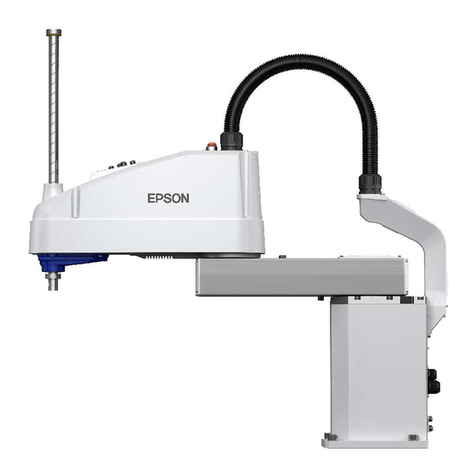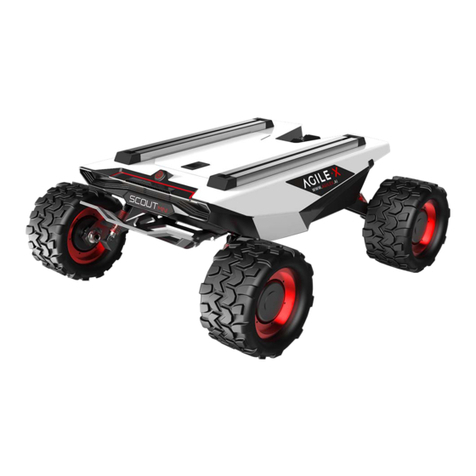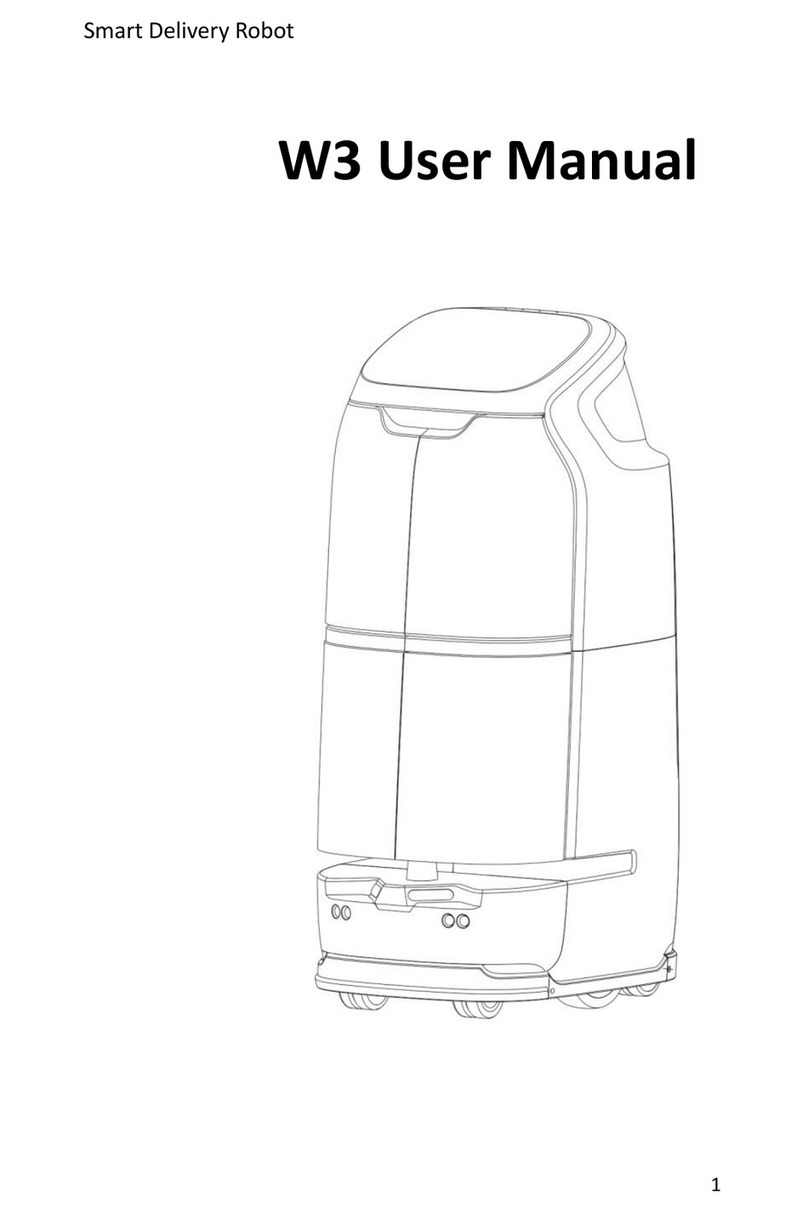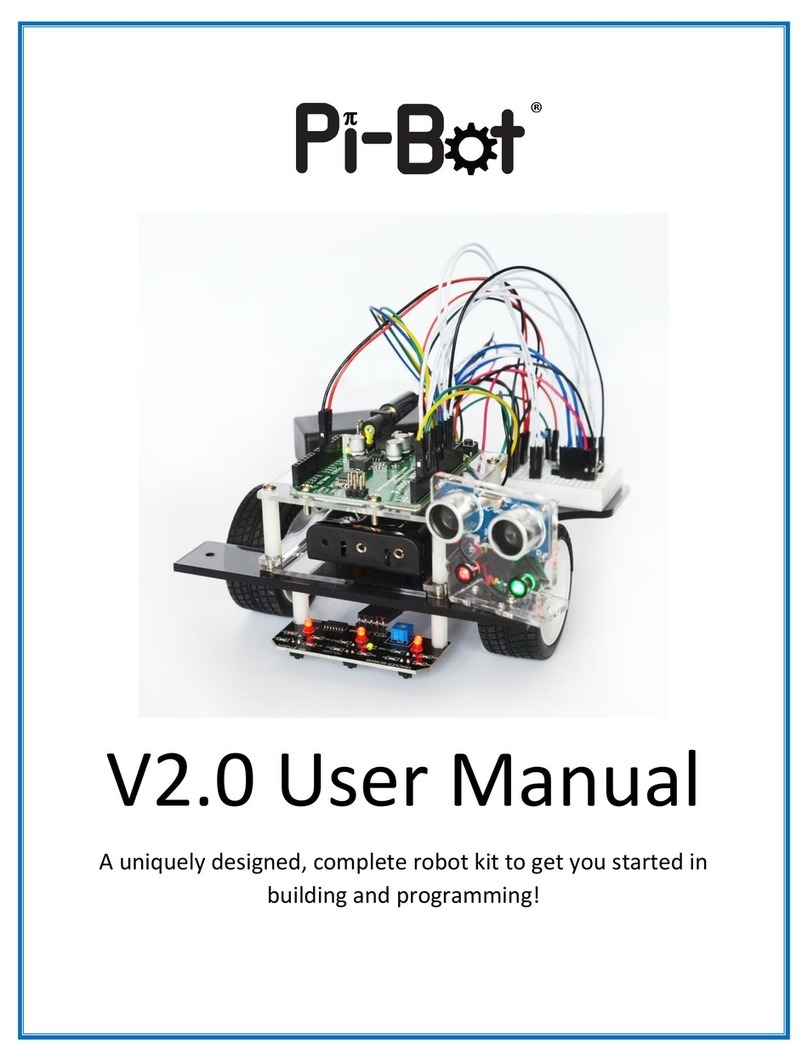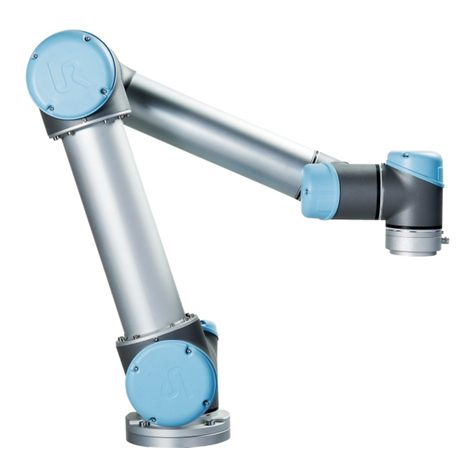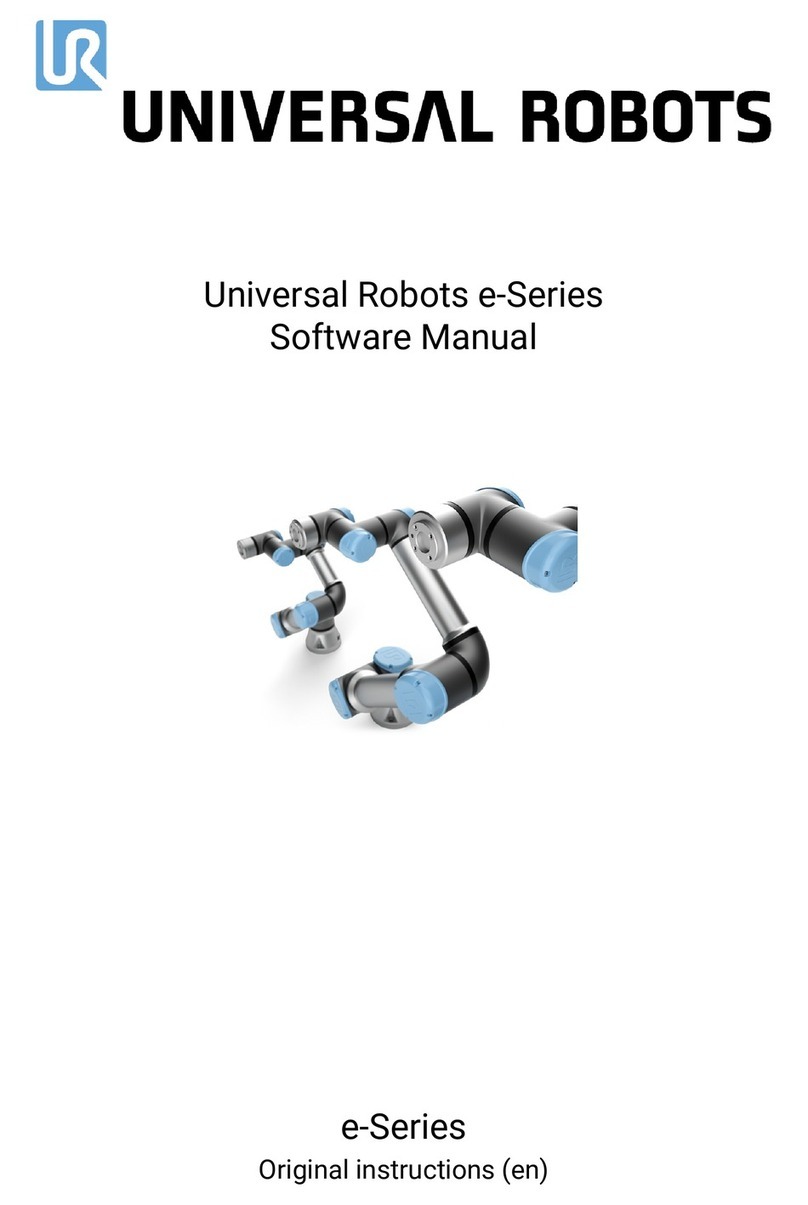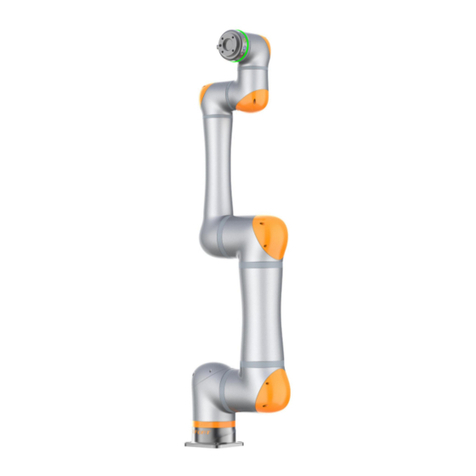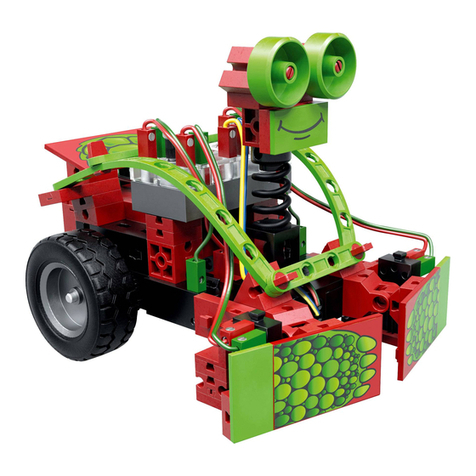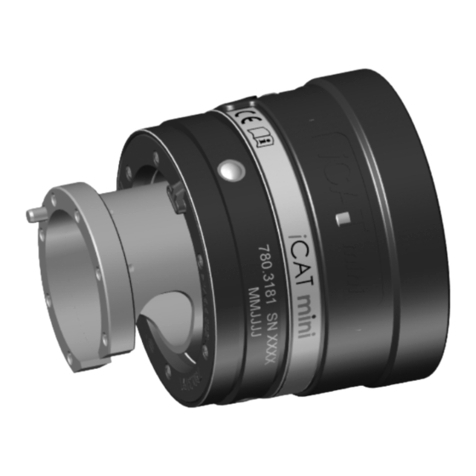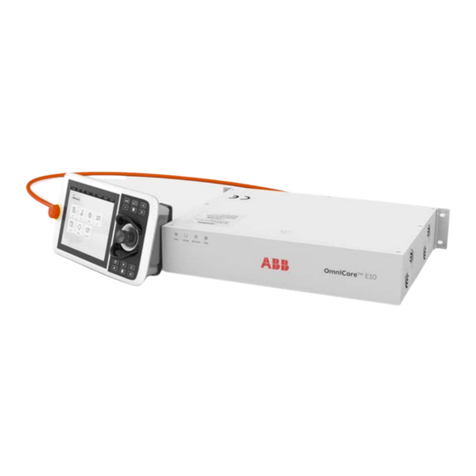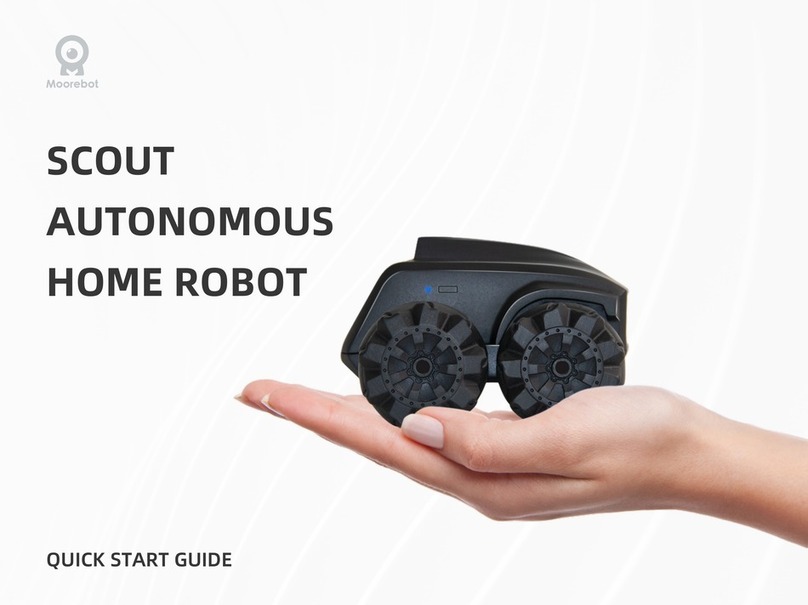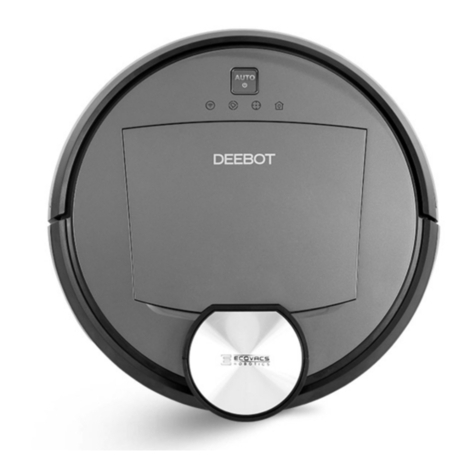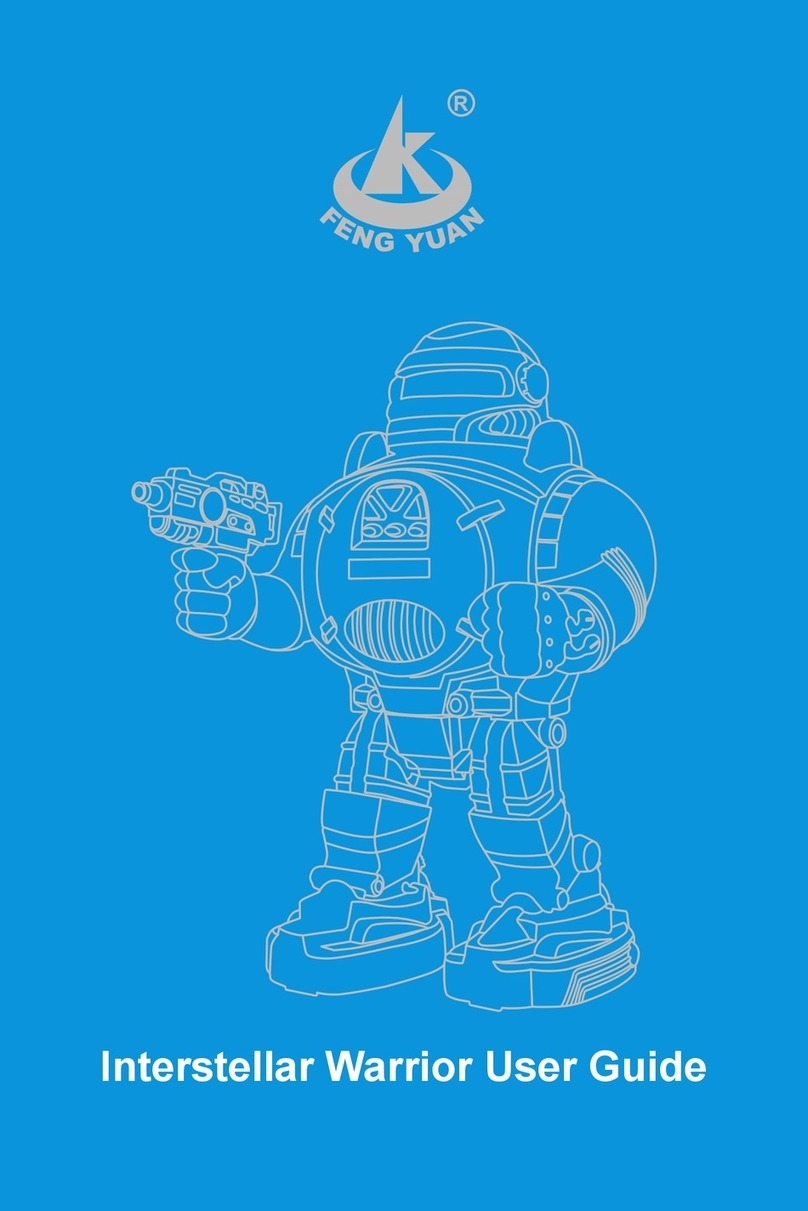
ii S5 Rev.5
FOREWORD
Thank you for purchasing our robot products.
This manual contains the information necessary for the correct use of the manipulator.
Please carefully read this manual and other related manuals before installing the robot
system.
Keep this manual handy for easy access at all times.
WARRANTY
The robot and its optional parts are shipped to our customers only after being subjected to
the strictest quality controls, tests, and inspections to certify its compliance with our high
performance standards.
Product malfunctions resulting from normal handling or operation will be repaired free of
charge during the normal warranty period. (Please ask your Regional Sales Office for
warranty period information.)
However, customers will be charged for repairs in the following cases (even if they occur
during the warranty period):
Damage or malfunction caused by improper use which is not described in the manual,
or
careless use.
Malfunctions caused by customers’unauthorized disassembly.
Damage due to improper adjustments or unauthorized repair attempts.
Damage caused by natural disasters such as earthquake, flood, etc.
Warnings, Cautions, Usage:
If the robot or associated equipment is used outside of the usage conditions and product
specifications described in the manuals, this warranty is void.
If you do not follow the WARNINGS and CAUTIONS in this manual, we cannot be
responsible for any malfunction or accident, even if the result is injury or death.
We cannot foresee all possible dangers and consequences. Therefore, this manual
cannot
warn the user of all possible hazards.
